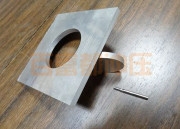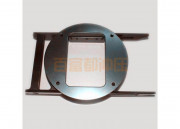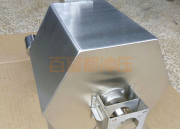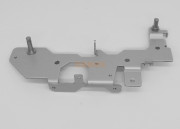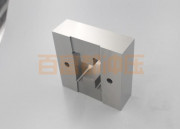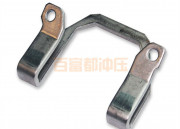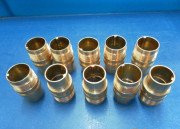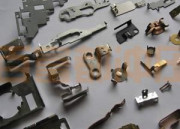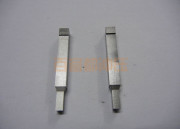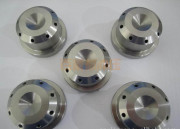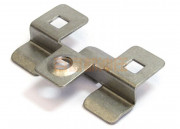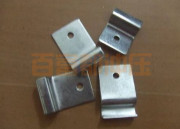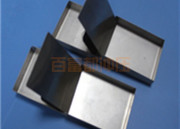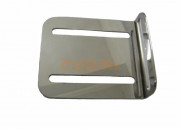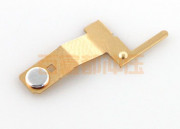What are the good methods for sheet metal cutting?
The cutting head of the fiber cutting machine moves from top to bottom, and the laser beam prints on the plastic plate, focusing on the small print diameter. Secondly, the more troublesome method of focusing the fiber laser cutting machine is the collimator method. Although it is troublesome, it is also a commonly used method, which is to add a collimator to the output end of the fiber laser cutting machine for beam expansion. After beam expansion, the beam diameter becomes larger and the divergence angle becomes smaller, so that within the cutting working range, the beam size before focusing at the proximal and distal ends is nearly the same. The cutting head adds an independent moving lens down axis. The fiber laser cutter and the Z axis that controls the distance between the nozzle and the material surface are two separate parts. When the machine table moves or the optical axis moves, the F-axis of the beam moves from the proximal end to the distal end at the same time, so that the spot diameter of the focused beam is consistent in the entire processing area.
Many electrical industries use laser cutting machining technology in the installation of exterior sheet metal parts and complete sets of electrical components, which improves product quality, reduces production costs, and achieves good production benefits.
In the electrical industry, CNC laser cutting machines are mainly used to cut sheet metal parts and complete sets of electrical components. Today, many electrical factories have improved product quality, reduced production costs, reduced labor intensity, improved traditional sheet metal processing technology, and received good production benefits after adopting this new technology.
Sheet metal cutting is a high-tech developed in recent decades. Compared with traditional cutting technology, it has the characteristics of high cutting precision, low roughness, high material utilization rate and production efficiency. Especially in the field of fine cutting, laser cutting has incomparable advantages over traditional cutting. Laser cutting for precision sheet metal processing is a non-contact, high-speed, high-precision cutting method that concentrates energy in tiny spaces and uses high-density energy.
Read More →

